Welcome to Introductory Psychology Weekly Updates
Every Monday through November, you will find wonderful resources to enhance your teaching and to engage your students in discussions. With each “published” edition, you will discover two or three interesting provocative articles to use as “triggers” to discuss important issues that relate to your teaching content, subject matter, and/or important issues. The choice of the articles is such that students can find these on popular sites such as the New York Times, Time Magazine, Huffington Post, and read them without the pressure of going to the library or poring through their textbook. The popular media choices are easy to find without the need for subscription services; these are often articles that you might have read and brought up in your class. Further, the update will include a few questions that can be used to get a discussion started.
In addition to a listing of the articles, you will also be presented with a few websites for use in your teaching. The websites can be useful informative resources for both your teaching preparation and for student use. Lastly, every week, you will find either an App Of The Week listing, occasionally YouTube video, or a Podcast that will both enhance your teaching and presentations. If you have any suggestions please contact me.
Thank you,
David Berg
[email protected]
[email protected]
=================================================
4 ARTICLES ON THE USE OF VIRTUAL REALITY IN PSYCHOLOGY
ARTICLES #1A & 1B FROM THE American Psychological Association
ARTICLE #1A: A VIRTUAL CURE
ARTICLE #1B: Speaking of Psychology: Improving lives through virtual reality therapy (Episode 19)
DESCRIPTION
#1A: Historically, this is one of the first summary articles for the use of virtual reality and exposure for fears and phobias. It describes a procedure for using computers and actual football helmets to present fear inducing stimuli (such as airplanes for flying) and recording techniques on the computer. Essentially at the time it was cutting edge as using technology for the techniques of exposure and desensitization. It is worth noting that the initial programs would lead to later programs (discussed in the next two articles) and the employment of virtual reality techniques found in every day uses ranging from mobile phones (cardboard cutout glasses) and actual devices (such as Oculus Rift). This article is a simple reading for students to understand the evolution of the technique in Psychology.
#1B:
This second article is an interview that is part of the APA series: Speaking of Psychology. “In this episode, psychologist Albert “Skip” Rizzo, PhD, discusses research into the effectiveness of virtual reality therapy and how this technology can improve the therapist-client relationship.” “His work has addressed the use of virtual reality applications to help treat post-traumatic stress disorder, help patients recover after a stroke as well as help treat children with autism spectrum disorder.” The article includes both the text version of the interview as well as the 13-minute audio segment that can be played either in class, by the student as an assignment, or downloaded as an MP3 file to include in your instructional materials (Powerpoint or Keynote).
SOURCE
#1A: American Psychological Association Monitor, By LEA WINERMAN
July/August 2005, Vol 36, No. 7, page 87
#1B: American Psychological Association: Speaking of Psychology, Episode 19
LINK TO RESOURCE
#1A: http://www.apa.org/monitor/julaug05/cure.aspx
#1B: http://www.apa.org/research/action/speaking-of-psychology/virtual-reality.aspx
#1B (Tiny Url) http://tinyurl.com/ycv9m77f
ARTICLE #2: How Virtual Reality Could Transform Mental Health Treatment
DESCRIPTION
This article briefly presents an updated history of use of VR and the technology and then moves to the use in mental health and Psychology. First is the discussion of the use of VR for fears, phobias, exposure, and desensitization. This technique has met with great success as measured through empirical studies. This article discusses a study that employed VR as therapy for individuals who experienced persecutory delusions. The article very nicely describes how the study was completed and would be useful for either a discussion on use of the science of Psychology or for the psychotherapy chapter in the textbook. The authors discuss the procedure and the results demonstrating how the technique was useful in “…tackling persecutory delusions.” This article should present little difficulty for students just beginning the course.
SOURCE
Psychology Today, May 13, 2016, by Daniel Freeman, Ph.D. and Jason Freeman
LINK TO RESOURCE
(Tiny URL) http://tinyurl.com/z4bgj6y
ARTICLE #3: Treating PTSD With Virtual Reality Therapy: A Way to Heal Trauma
DESCRIPTION
This is a very up to date news article and video demonstrating the us of Virtual Reality (VR) as a tool for clinicians to very effectively treat PTSD. The article briefly describes PTSD, it’s origins, and it’s debilitating symptoms. The article focuses on the use of VR to treat veterans suffering severe PTSD symptoms. The article provides an explanation of the procedure and an excellent video that can and should be shown in class. From the article author: “One common method for treatment is called “exposure therapy.” The patient recounts their trauma, visualizing it in their imagination, and narrates it to a clinician. By repeatedly confronting and processing the trauma, the brain can start to reduce the level of anxiety and response to those memories. That’s exactly the approach Rizzo (therapist) uses with virtual reality therapy.” Very effective!
VIDEO (click the link to view the video)
http://abcnews.go.com/video/embed?id=40445167
SOURCE
ABCNews.go.com, July 18,2016, By Justine Quart
Jul 18, 2016, 4:04 AM E
LINK TO RESOURCE
http://abcnews.go.com/Technology/treating-ptsd-virtual-reality-therapy-heal-trauma/story?id=38742665
(Tiny URL) http://tinyurl.com/zjtvh7q
CLASS DISCUSSION QUESTIONS
•What is virtual reality?
•How is it used in Psychology?
•According to researchers: what is the long term goal in the use of VR?
•What types of conditions is it employed for treatment?
•Critical thinking: have the student design an experiment after reading the four articles. They can pattern their ideas from the second and third article. Ask about procedures, independent and dependent variables, control group, and ethics.


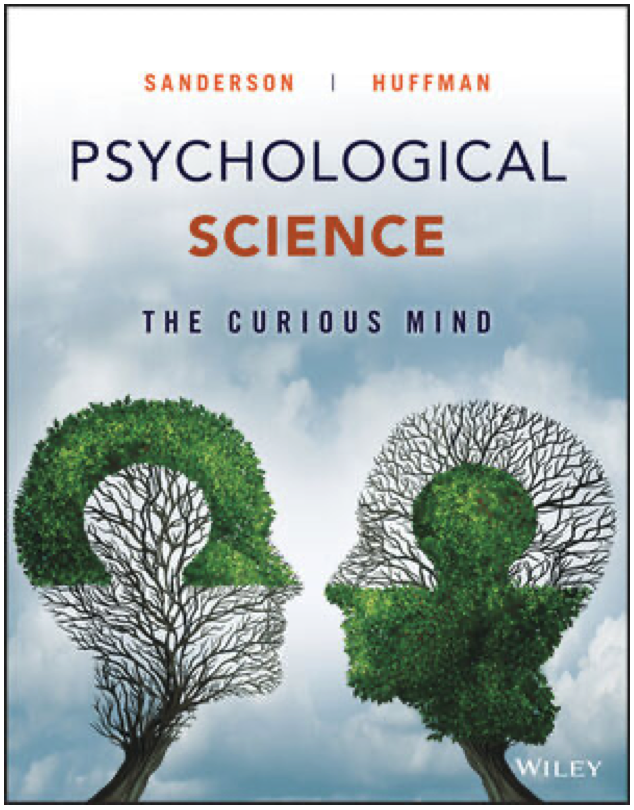
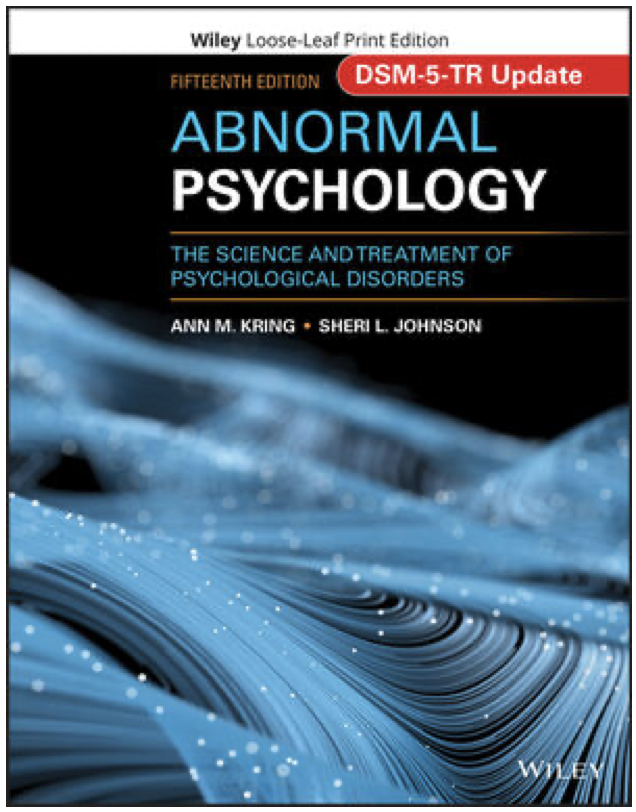
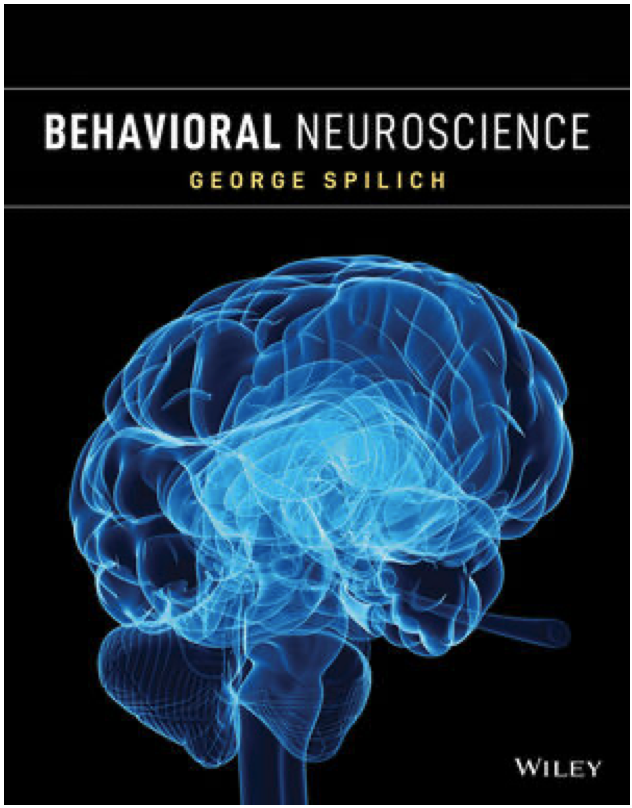
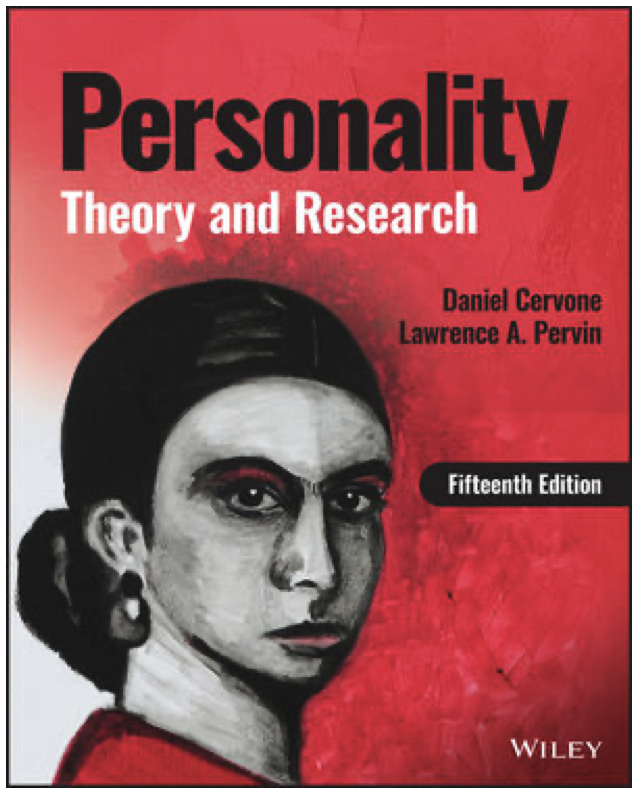
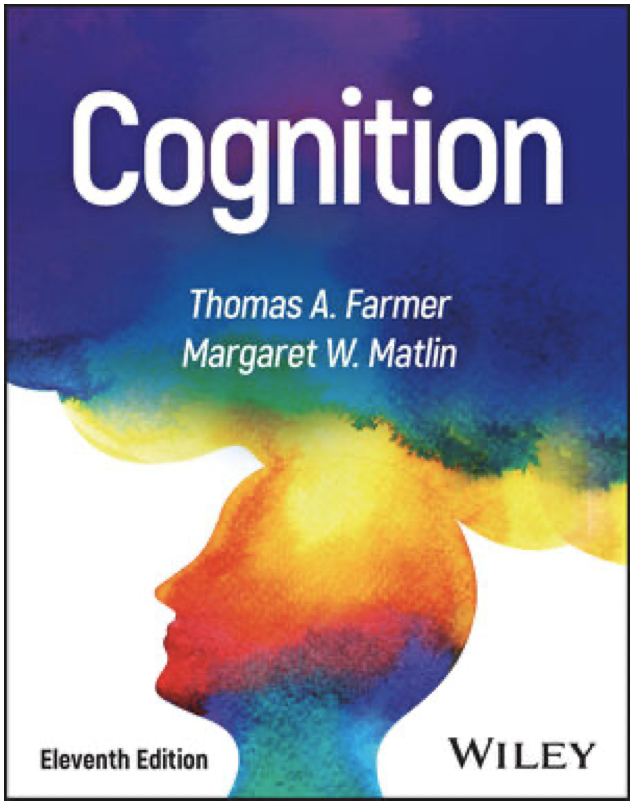
Leave a Reply